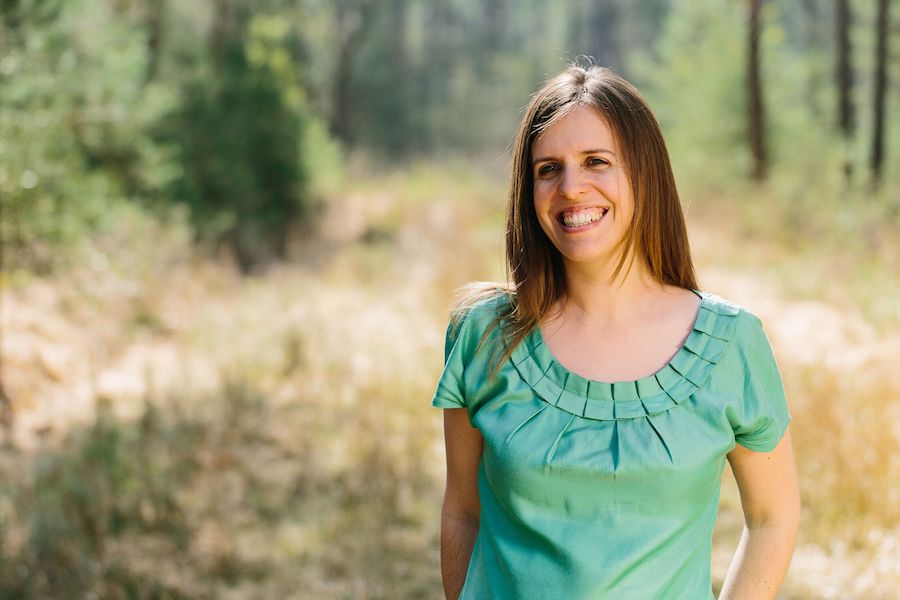Leadership & Strategy
Article
Our business is global, but managing a team working remotely is tough

The problem
Online organic skincare school Formula Botanica has a team of 25, with staff members working remotely across England, Belgium, Slovakia and Brazil. As the company has grown in the last four years, it has struggled to find people who won’t “wither” working alone at home.
The solution
The first step for founder Lorraine Dallmeier was to return to the company’s original hiring model. It brought in HR consultants as the business scaled, but this didn’t help find the right people and had made staff harder to manage. Formula Botanica instead focused on connecting with people passionate about the business from their own community.
The company ensured technology was in place to make staff members feel part of a team, even if they worked in different countries. After researching their options, Formula Botanica settled on an integration between collaboration tool Slack and video conferencing platform Zoom.
Each staff member has a line manager, with Dallmeier overseeing the management team. Managers have monthly one-to-ones with employees, but otherwise there’s a culture of “constantly checking” employees are okay. Teams are encouraged to talk over webcam on a daily basis and Formula Botanica has company-wide meetings via webcam once a month.
Since Formula Botanica’s staff are primarily working mothers, the company has also made flexibility a priority. There’s a recognition that sometimes staff will need to drop what they’re doing, which has given them a sense of empowerment – it’s helped to reinforce that it’s possible to have a job and look after family at the same time.
The results
Dallmeier believes hiring the right people and giving them the ability to interact with others throughout the day have been crucial to their success. Formula Botanica’s team now cater for 6,000 students in 140 countries, and the business has an annual turnover of £2m.
“You need to look after your team, because they’re your most important asset,” Dallmeier said. “Make sure they feel supported and appreciated. I find that communicating results of the business – in a ‘you made this happen!’ way – helps them to understand that they’ve contributed to its success.”